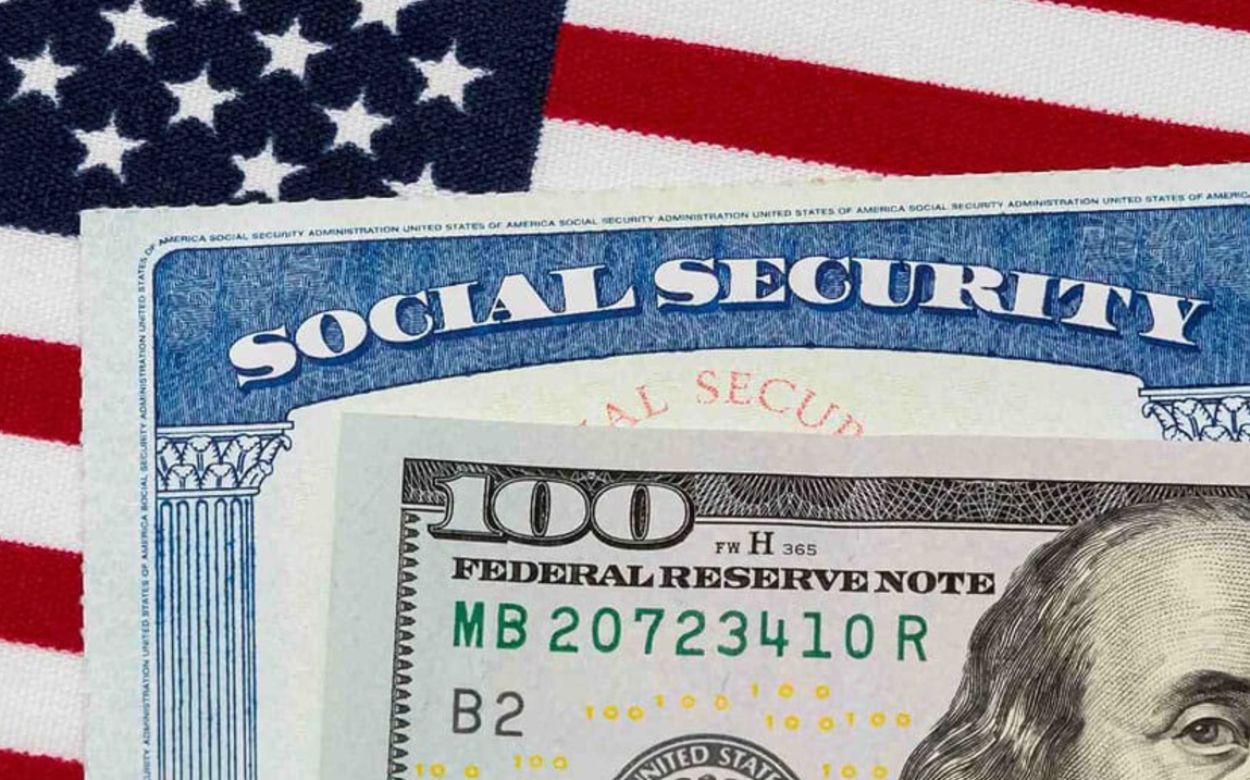Breaking: Social Security Announces 3.2% COLA Increase for 2025 – What It Means for Your Benefits
The year 2025 will offer excellent news to Social Security beneficiaries. Over 72.5 million Americans will see a 2.5% boost in their Social Security and Supplemental Security Income payouts. The hike is meant to help offset rising food, fuel, and other commodity prices. According to agency officials, the cost-of-living adjustment (COLA) for retirees results in an average monthly rise of more than $50. “Social Security benefits and SSI payments will increase in 2025, helping tens of millions of people keep up with expenses even as inflation has started to cool,” stated Martin O’Malley, Commissioner of Social Security, in October.
Over the past decade, the cost-of-living adjustment (COLA) has increased by an average of 2.6%. COLA was 3.2% in 2024. Another notable change for January will be an increase in taxable salaries. The highest wages subject to the Social Security tax (taxable maximum) will rise to $176,100 from $168,600. However, the Social Security system will confront challenges in the coming years. Beginning in 2035, the program trust fund cannot pay full benefits. According to the annual Social Security and Medicare trustees report published in May, the government can only pay 83% of planned benefits if the trust fund is emptied.

How does social security work?
The program is funded by income taxes, namely Social Security payroll taxes. The government collects taxes from workers to pay benefits to retirees, disabled individuals, survivors of deceased workers, and beneficiaries’ dependents. In 2025, the Social Security payroll tax will apply to the first $176,100 of income, up from $168,600 this year. To decide how much Social Security you’ll receive, the government calculates a percentage of your most outstanding wages from your top 35 years of earnings, considering when you opt to begin receiving benefits.
The COLA is calculated using the Bureau of Labor Statistics Consumer Price Index. However, there are proposals to use an alternative index that evaluates price fluctuations based on the elderly’s spending habits, such as healthcare, food, and medication costs. The reduced increase in 2025 is due to slowing inflation.


Comments are closed, but trackbacks and pingbacks are open.